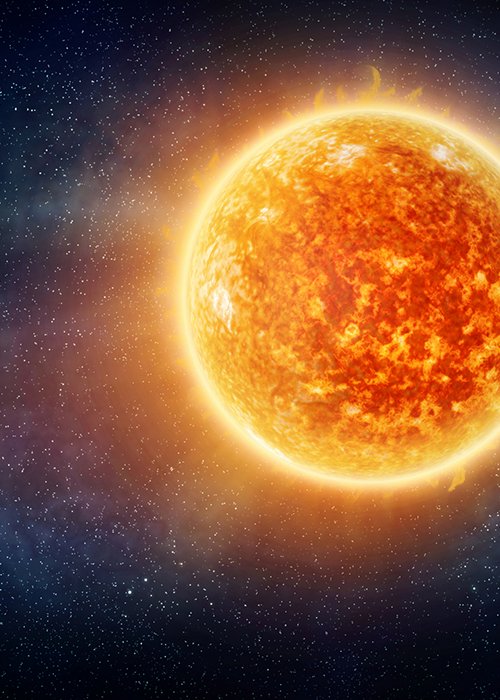At 9 pm (Italian time) on Thursday, 6 July, the Earth is at the point in its orbit farthest from the sun, a special place in space that has an ancient name: 'Aphelion', a term of Latin origin derived from the fusion of the words 'apo' meaning far and 'helios' meaning the Sun. How far? No less than 152 million kilometres, which corresponds to approximately 1.01 AU. Astronomers take as their unit the average distance between the Earth and the Sun, which corresponds to 150 million km and is called the Astronomical Unit (AU). The orbit of our planet is elliptical, i.e. it is a flattened circle. For this reason, every year there is a day when the Earth is closest to the sun (perihelion) and a day when it is farthest away (aphelion). This year, perihelion occurred on 4 January, when the Earth was 0.98 AU from the Sun, or 147.1 million kilometres away. If our planet is farther away from the sun at aphelion, why is it now summer and hot? Aphelion coincides with summer in the northern hemisphere but with winter in the southern hemisphere. The seasons do not depend on the distance of our planet from the Sun but on the inclination of the Earth's axis with respect to the plane of its orbit. In fact, in July, the northern hemisphere is tilted towards the Sun, receiving its full rays, while the southern hemisphere is tilted in the opposite direction, thus receiving less light and heat with days that are are shorter and colder.




